Chronicle of the "Afghan war." "Stinger" against helicopters: special forces against "Stinger"
"Stinging" for the Mujahideen
Modern warfare is unthinkable without aviation. From the time of the Second World War to the present day, the conquest of air supremacy is one of the primary tasks that ensure victory on earth. However, air supremacy is achieved not only by the aircraft themselves, but also by air defense, which neutralizes the enemy air force. In the second half of the XX century. anti-aircraft guided missiles appear in the arsenal of air defense of the world's advanced armies. New weapon divided into several classes: long-range, medium, small-scale anti-aircraft missiles, and short-range anti-aircraft missiles. Man-portable air defense systems - MANPADS - have become the main short-range air defense missile systems, which are assigned the task of fighting helicopters and attack aircraft at low and extremely low altitudes.
Helicopters that became widespread after World War II significantly increased the maneuverability of ground and airborne troops to defeat enemy troops in their tactical and operational-tactical rear, hold the enemy in maneuver, capture important objects, etc., they became an effective means of combating tanks and other small goals. The airborne operations of infantry units became the hallmark of armed conflicts of the second half of the XNUMXth - beginning of the XNUMXst centuries, where irregular armed groups, as a rule, become one of the warring parties. With such an adversary, the domestic armed forces in the new stories our country was confronted in Afghanistan in 1979-1989, where for the first time the Soviet army had to wage a large-scale counter-guerrilla war. The effectiveness of military operations against the rebels in the mountains without the use of army and front-line aviation was out of the question. It was on her shoulders that the entire burden of aviation support for the Limited contingent of Soviet troops in Afghanistan (OXVA) was placed. Afghan insurgents suffered significant losses from air strikes and airmobile actions of infantry units and special forces OXVA, so the most serious attention was paid to the fight against aviation. The armed Afghan opposition constantly increased the fire capabilities of the air defenses of their units. Already by the middle of 80's. the last century in the arsenal of the rebels there was a sufficient number of anti-aircraft means of short-range, optimally respond to the tactics of guerrilla warfare. The principal means of defense armed groups Afghanistan opposition steel 12.7-mm machine guns DShK, 14.5-mm anti-aircraft installations ZSU mountain-1, paired antiaircraft machine gun installation ZPGU-2, 20-mm 23-mm anti-aircraft guns, as well as portable air defense systems.
By the beginning of the 1980's. in the United States, General Dynamics created a second-generation Stinger MANPADS. Second-generation portable anti-aircraft missile systems have:
• advanced IR-GOS (infrared homing head), capable of operating at two separated wavelengths;
• longwave IR-GOS, providing all-view guidance of the missile at the target, including from the front hemisphere;
• a microprocessor that distinguishes a real target from the shot IR traps;
• cooled infrared sensor of the homing head, allowing the rocket to more effectively resist interference and attack low-flying targets;
• short response time to the target;
• increased range of fire on targets on a collision course;
• greater accuracy than missile-guided missiles of the first generation of missile guidance and effectiveness of target destruction;
• identification equipment "your-alien";
• means of automating start-up processes and preliminary targeting to arrow operators. Second-generation MANPADS include the Strela-3 and Igla systems developed in the USSR. The basic version of the rocket "Stinger" FIM-92A was equipped with a single-channel infrared GOS
with a cooled receiver operating in the 4.1-4.4 μm wavelength range., an effective sustainer dual-mode solid-fuel engine, which accelerates the rocket in b s up to speed of about 700 m / s.
The Stinger-POST (POST - Passive Optical Seeker Technology) variant with the FIM-92B rocket became the first representative of third-generation MANPADS. The GOS used in the rocket operates in the IR and UV ranges of wavelengths, which provides high performance in selecting air targets, under conditions of background noise.
In Afghanistan, with 1986, both versions of the Stinger missiles were used.
Of all the aforementioned arsenal of air defense weapons, MANPADS were, of course, the most effective for fighting low-flying targets. Unlike anti-aircraft machine guns and cannons, they have a long range of effective fire and the likelihood of hitting speed targets, are mobile, easy to use and do not require lengthy preparation of calculations. Modern MANPADS is ideal for partisans and reconnaissance units operating in the rear of the enemy, to fight with helicopters and low-flying aircraft. The Chinese Hun-5 anti-aircraft complex (an analogue of the Strela-2 domestic MANPADS) remained the most massive MANPADS of the Afghan insurgents throughout the “Afghan war”. Chinese MANPADS, as well as a small number of similar Egyptian-made SA-7 complexes (Strela-2 MANPADS, according to NATO terminology), began to come into service with the rebels from the beginning of the 80s. Until the middle of the 80-ies. they were used by Afghan insurgents mainly to cover their facilities from air strikes, and were part of the so-called object defense system of the fortified base areas. However, in 1986, the American and Pakistani military advisers and experts who supervise the Afghan illegal armed groups, after analyzing the dynamics of insurgent casualties from air strikes and the systematic airmobile operations of the Soviet special forces and infantry units, decided to increase the combat capabilities of the Mujahideen air defense systems by putting American Stinger air defense systems into them ("Stinging"). With the appearance of the Stinger MANPADS in the rebel formations, it became the main means of fire for setting up anti-aircraft ambushes near the airfield bases of the army, front-line and military transport aircraft of our air force on the territory of Afghanistan and the government Afghan air force.
The Pentagon and the CIA, arming the Afghan rebels with Stinger anti-aircraft missiles, pursued a number of objectives, one of which was the ability to test a new MANPADS in real combat conditions. By delivering modern MANPADS to Afghan rebels, the Americans “tried on” them to supply Soviet weapons to Vietnam, where the US lost hundreds of helicopters and airplanes shot down by Soviet missiles. But the Soviet Union provided legal assistance to the government of a sovereign country fighting the aggressor, and American politicians armed the anti-government armed units of the Mujahideen (“international terrorists” - according to the current American classification).
Despite the strictest secrecy, the first media reports on the supply of the Afghan opposition to several hundred Stinger MANPADS appeared in the summer of 1986. American anti-aircraft complexes were transported from the US by sea to the Pakistani port of Karachi, and then transported by road to the Armed Forces of Pakistan to training camps of the Mujahideen. Missile shipments and training of Afghan insurgents in the Pakistani city of Rualpindi were carried out by the CIA. After preparing the calculations at the training center, they, together with MANPADS, went to Afghanistan with pack caravans and vehicles.
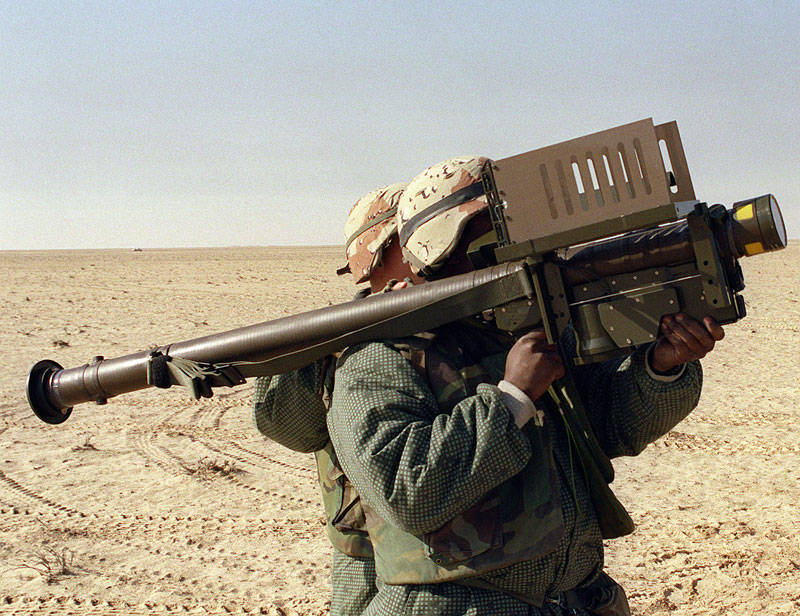
Gafar strikes
Details of the first use of Stinger MANPADS by Afghan rebels are described by Gen. Mohammad Yusuf, head of the Pakistani Intelligence Center of Pakistan (1983-1987) in the book “Bear Trap”: located only a mile and a half to the northeast of the runway of the Jalalabad airfield ... Fire calculations were at a distance of a shout from each other, located a triangle in bushes, because no one knew from which direction the goal might appear. We organized each calculation in such a way that three people fired, and the other two held containers with missiles for fast reloading .... Each of the Mujahideen chose a helicopter through an open sight on the launcher, the system "friend or foe" intermittently signaled that An enemy target appeared in the area, and the Stinger captured the thermal radiation from the helicopter engines with a pointing head ... When the lead helicopter was only 25 meters above the ground, Gafar commanded: “Fire” ... One of the three missiles did not work and fell but without breaking off, just a few meters from the shooter. Two others crashed into their targets ... Two more rockets went into the air, one hit the target as successfully as the previous two, and the second went very close, as the helicopter sat down ... In the following months he (Gafar) shot down ten more helicopters and airplanes with the help of the Stingers.
In fact, two helicopters of the 335 separate helicopter regiment were brought down over the Jelalabad airfield, returning from a combat mission. On approaching the airfield on the pre-landing line of Mi-8MT, Captain A. Giniyatulin, was hit by two Stinger missiles and exploded in the air. The crew commander and flight engineer Lieutenant O. Shebanov died, the pilot-navigator Nikolai Gerner was thrown out by the blast wave and remained alive. The helicopter of Lieutenant E. Burnt was sent to the area of the fall of the Mi-8MT, but at the height of 150 and his car was hit by a MANPADS missile. The pilot managed to make a rough landing, as a result of which the helicopter collapsed. The commander received serious injuries, from which he died in the hospital. The rest of the crew remained alive.
The Soviet command only guessed that the rebels used the Stinger MANPADS. Financially prove the use of Stinger MANPADS in Afghanistan only on 29 November 1986. The same group of “Engineer Gafar” arranged an anti-aircraft attack in 15 km north of Jalalabad on the slope of Mount Vachkhangar (1423) and as a result of shelling five “Stinger” missiles »A helicopter group destroyed the Mi-24 and Mi-8MT (three missiles were recorded). The crew of the slave helicopter - Art. Lieutenant V.Ksenzov and Lieutenant A.Neunylov were killed, having fallen under the rotor during an emergency escape of the board. The crew of the second rocket-hit helicopter managed to make an emergency landing and leave the burning car. The report on the defeat of anti-aircraft missiles of two helicopters at this time in the Jalalabad garrison general from the headquarters of TurkVO did not believe, accusing the pilots that "the helicopters collided in the air." It is not known how, but the airmen nevertheless convinced the general of the involvement of the "spirits" in the plane crash. On alarm, the 2 th motorized rifle battalion of the 66 th separate motorized rifle brigade and the 1 th company of the 154 th special detachment were raised. The spetsnaz and infantry were tasked with finding parts of an anti-aircraft missile or other material evidence of the use of MANPADS, otherwise the whole crew would have been to blame for the crash ... the area of the fall of the helicopters arrived on armored vehicles search units. On the interception of the enemy could no longer be considered. Our company couldn’t detect anything except the burnt fragments of helicopters and the remains of the crew. The 30 omniproject 6 company, while examining the likely missile launch site, which was precisely indicated by the helicopter crew, discovered three, and then two more launch expelling charges of Stinger MANPADS. This was the first material evidence of the supply of anti-government anti-government armed forces by the United States of America. The company commander who discovered them was presented to the Order of the Red Banner.
A careful study of the enemy’s traces (one firing position was located at the top and one in the lower third of the ridge slope) showed that an anti-aircraft ambush had been arranged in advance. The enemy was waiting for a suitable target and the moment of opening fire for one or two days.
The Hunt for Gafar
The command of OKSVA also organized a hunt for the “Gafar Engineer” anti-aircraft group, whose activities were the eastern Afghan provinces of Nangar Har, Laghman and Kunar. It was his group that beat 9 on November 1986 of the 3 Company 154 ooSpN Company (15 obrSpN), destroying several insurgents and pack animals in 6 km south-west of the village Mangval in the province of Kunar. The scouts then captured a portable American shortwave radio station, which was provided by CIA agents. Gafar got his revenge immediately. Three days later, an anti-aircraft ambush in 3 km southeast of the village of Mangval (30 km northeast of Jalalabad) was hit by a Stinger helicopter from the 24 th Jalalabad helicopter regiment. Accompanying several Mi-335MT, performing a sanitary flight from Asadabad to the hospital of the Jalalabad garrison, a pair of Mi-8 overcame the ridge at the height of 24 m without shooting IR traps. A helicopter shot down by a MANPADS missile fell into a canyon. The commander and the pilot-operator left the board, using a parachute from a height of 300 m and were picked up by comrades. Special forces were sent to search for bortekhnika. This time, squeezing the maximum allowable speed from the infantry fighting vehicles, the 100 ooSpN intelligence officers arrived in the area where the helicopter had fallen in less than 154 hours. The squadron’s 2 company dismounted from the “armor” and began to pull into the gorge in two columns (along the bottom of the gorge and its right ridge) simultaneously with the flown helicopters 1 obvp. Helicopters entered from the north-east, but the Mujahideen managed to launch MANPADS from the ruins of a village on the northern slope of the gorge to the Dogon head twenty-four. "Spirits" miscalculated twice: the first time - making a launch in the direction of the setting sun, the second time - not finding out that not the driven helicopter of the pair (as usual), but four units of the combat Mi-335 are flying behind the head vehicle. Fortunately, the rocket passed just below the target. Her self-destructor worked late, and the rocket did not hurt the helicopter. Quickly orienting themselves in the situation, the pilots inflicted a massive air strike on the position of the anti-aircraft gunners with sixteen military helicopters. The aviators did not spare ammunition ... From the crash site of the helicopter, the remains of the bortekhni-ka station were picked up. Lieutenant V. Yakovlev.
The first "Stinger"
The first Stinger portable anti-aircraft missile system was captured by Soviet troops in Afghanistan 5 in January 1987. During aerial reconnaissance of the reconnaissance group of Senior Lieutenant Vladimir Kovtun and Lieutenant Vasily Cheboksarov of the 186 Special Detachment of Special Forces (22, Special Command under the general command, the general command and the general command and the general command), the general command and the general command of the unit Major Yevgeny Sergeev's detachment in the vicinity of the kishlak Seyid Umar Kalay spotted three motorcyclists in the Meltakai Gorge. Vladimir Kovtun described further actions as follows: “Upon seeing our turntables, they quickly dismounted and opened fire with small arms, and also made two runaway launches from MANPADS, but we initially took these launches from RPG shots. The pilots immediately made a sharp turn and got hooked. Already when they were leaving the board, the commander managed to shout to us: “They are shooting from grenade launchers”. Twenty-fours covered us from the air, and we landed and started a fight on the ground. ” Helicopters and special forces opened fire on the rebels to kill, destroying them with fire of NURS and small arms. Only the lead board, which was only five commandos, sat down on the ground, and the lead Mi-8 with the Cheboksarov group insured from the air. During the inspection of the destroyed enemy, Senior Lieutenant V. Kovtun seized the launch container, the Stinger MANPADS and the complete set of technical documentation from the insurgent killed by him. One combat-ready complex, attached to a motorcycle, was captured by captain E.Sergeyev and another empty container and a rocket were captured by the reconnaissance team, who landed from a guided helicopter. During the battle, a group of rebels from 16 was destroyed and one was captured. "Spirits" did not manage to take positions for the device of an antiaircraft ambush.
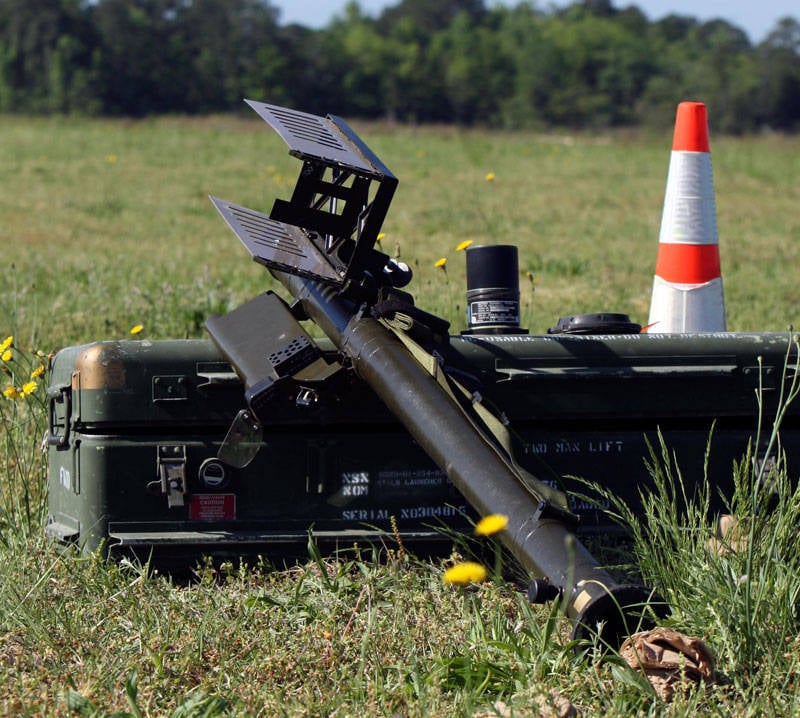
Helicopter pilots with special forces on board ahead of them by a few minutes. Later, the glory of helicopter pilots and special forces "cling" all who wanted to get into the heroes of the day. Another would be “Special Forces soldiers captured“ Stingers! ”- thundered the whole Afghan. The official version of the capture of American MANPADS looked like a special operation involving agents who tracked the entire Stinger supply route from the arsenals of the US Army to the village of Seyid Umar Kalay. Naturally, all the “sisters got their earrings”, but they only forgot about the true participants of the Stinger capture, having paid off with several orders and medals, and it was promised who would capture the Stinger first - to receive the title “Hero of the Soviet Union”.
National reconciliation
With the capture of the first American MANPADS, the hunt for the Stinger did not stop. The GRU special forces were tasked with preventing the enemy’s armed formations from being saturated with them. All winter 1986-1987 special forces units of a limited contingent of Soviet troops in Afghanistan hunted down the Stingers, having the task not so much to prevent their entry (which was unrealistic), but to prevent their rapid spread throughout Afghanistan. By this time, two special forces brigades (15 and 22 separate brigades of special purpose) and 459-th separate special forces company of the 40-th combined arms army were based in Afghanistan. However, the special forces did not receive any preferences. January 1987 was marked by an event of "tremendous political importance," as the Soviet newspapers of the time wrote, the beginning of a policy of national reconciliation. Its consequences for OXVA turned out to be much more devastating than the supply of armed Afghan opposition to American anti-aircraft missiles. Unilateral reconciliation without taking into account the military-political realities limited the active offensive actions of OKSVA.
How a mockery looked like shelling of Mi-8MT helicopters with two missiles of MANPADS on the first day of national reconciliation of 16 in January of 1987, which makes a passenger flight from Kabul to Jalalabad. On board the “turntables” in the number of passengers was Chief of Staff 177 ooSpN (Ghazni) Major Sergey Kutsov, currently Head of the Intelligence Directorate of the MIA of Russia, Lieutenant General. Without losing his composure, the special forces officer knocked off the flames and helped the other passengers to leave the burning board. Only one passenger could not use the parachute, because she was wearing a skirt and did not wear it ...
The unilateral “national reconciliation” was immediately taken advantage of by the armed Afghan opposition, which at that moment, according to American analysts, was “on the verge of a catastrophe”. It was the difficult situation of the rebels that was the main reason for the supply of Stinger MANPADS. Starting from 1986, the airborne actions of the Soviet special forces, whose units were given helicopters, so limited the ability of the rebels to supply weapons and ammunition to the interior of Afghanistan, that the armed opposition began to create special combat groups to fight our intelligence agencies. But, even well-trained and armed, they could not significantly affect the combat activities of special forces. The probability of their discovery of reconnaissance groups was extremely low, but if this happened, the clash was of a fierce nature. Unfortunately, there is no data on the actions of special insurgent groups against the Soviet special forces in Afghanistan, but several episodes of armed clashes, according to a single handwriting of the enemy’s actions, can be attributed specifically to “anti-special forces” groups.
Soviet special forces, which became a barrier to the movement of “caravans of terror”, were based in the provinces of Afghanistan bordering on Pakistan and Iran, but what the special forces could do, whose reconnaissance groups and detachments could block no more than one kilometer of the caravan route, or rather, directions. As a stab in the back, the special forces “Gorbachev reconciliation”, which limited their actions in the “reconciliation zones” and close proximity to the border, was perceived during raids on villages in which the rebels were based and stopped for a day their caravans. But still, due to the active actions of the Soviet special forces, by the end of the winter of 1987, the Mujahideen experienced considerable difficulties with food and fodder at the "overcrowded" transshipment bases. Although in Afghanistan they were not waiting for hunger, but death on mined trails and in ambushes of special forces. Intelligence groups and special forces in 1987 alone intercepted the 332 caravan with weapons and ammunition, seizing and destroying more than 290 heavy weapons (recoilless guns, mortars, heavy machine guns), 80 MANPADS (mainly “Hunan-5). 7), 30 PU PC, more than 15 thousands of anti-tank and anti-personnel mines and about 8 million small arms ammunition. Acting on the communications of the rebels, the special forces forced the armed opposition to accumulate most of the military-technical cargo at the transshipment bases in the border areas of Afghanistan that were difficult for the Soviet and Afghan troops. Taking advantage of this, the aviation of the Limited contingent and the Air Force of Afghanistan began systematically bombarding them.
Meanwhile, taking advantage of a temporary respite courtesy of the Afghan opposition Gorbachev and Shevardnadze (at that time USSR Foreign Minister), the insurgents began to intensively increase the firepower of their formations. It was during this period that saturation of combat units and armed opposition groups of 107-mm jet systems, recoilless guns and mortars was observed. Not only the Stinger, but also the English Blowpipe, the Swiss 20-mm Erlikon anti-aircraft artillery guns and Spanish 120-mm mortars are beginning to arrive for their armament. An analysis of the situation in Afghanistan in 1987 said that the armed opposition was preparing for decisive actions for which the Soviet “perestroika”, who took the course to surrender international positions to the Soviet Union, did not have the will.
Special forces on caravan routes
Limited in the conduct of raids and reconnaissance-search actions (raids), the Soviet special forces in Afghanistan stepped up ambush actions. The insurgents paid special attention to ensuring the security of the caravan passages, and the scouts had to be very resourceful when taking to the ambush area, their secrecy and endurance were waiting for the enemy, and in battle - resilience and bravery. In most combat episodes, the enemy significantly outnumbered the special-purpose reconnaissance group. In Afghanistan, the effectiveness of special operations in the conduct of ambush actions was 1: 5-6 (the scouts managed to engage the enemy in one case from 5-6). According to the data published later in the West, the armed opposition managed to deliver to destination the 8090% of goods transported by pack caravans and road transport. In the zones of special forces, this figure was significantly lower. Subsequent episodes of the capture of the Soviet special forces MANPADS "Stinger" fall precisely on the actions of intelligence on caravan routes.
On the night of 16 on 17 in July, 1987 as a result of an ambush conducted by the 668 ooSpN reconnaissance group (15 arr SPN) of Lieutenant German Pokhvosheva was dispersed by a fire pack of insurgents in the province of Logar. By morning, the ambush area was blocked by an armored squad led by Lieutenant Sergei Klimenko. Fleeing, the rebels threw cargo from their horses and disappeared into the night. As a result of the inspection of the area, two Stinger and two Bloupep MANPADS, as well as about a ton of other weapons and ammunition, were found and captured. The fact of delivery to the Afghan illegal armed groups of MANPADS, the British carefully concealed. Now the Soviet government has the opportunity to catch them in the supply of anti-aircraft missiles of the Afghan armed opposition. However, what was the use of it when China supplied the more than 90% of weapons to the Afghan "mujahideen", and the Soviet press was shamefully silent about this fact, "stigmatizing" the West. One can guess why - in Afghanistan, our soldiers were killed and crippled Soviet weapons marked “Made in China”, developed by domestic designers in 50-50's, the production technology of which the Soviet Union transferred to the “great neighbor”.
Now the turn was for the rebels, but they did not remain in debt to the Soviet troops. In November, 1987 was shot down by two anti-aircraft missiles by a helicopter Mi-8МТ 355 obvp, which was carrying the reconnaissance 334 ooSpN (15 obrSpN). In 05: 55, a pair of Mi-8MT, under the cover of a pair of Mi-24, took off from the Asadabad site and went to the guard post No. XXUMX (Lahoresar city, mark 2) with a gentle climb. In 1864: 06 at an altitude of 05 m from the ground, the transport helicopter Mi-100MT was hit by two Stinger missiles, after which it caught fire and began to lose altitude. In the fallen helicopter the onboard technician captain A. Gurtov and six passengers died. The crew commander left the car in the air, but he did not have enough height to open the parachute. Only the pilot-navigator, who landed with a partially open parachute dome on the steep slope of the ridge, managed to escape. Among the dead was the commander of the special forces group, Senior Lieutenant Vadim Matyushin. On this day, the rebels prepared a massive shelling of the Asadabad garrison, covering the positions of the 8-mm reactive systems of volley fire and mortar shells by calculating the anti-aircraft gunners of MANPADS. In the winter of 107-1987. the rebels practically gained air superiority in the environs of Asa Dabad by portable anti-aircraft complexes. Prior to that, they were not allowed to do this by the commander of 1988 ooSpN Major Grigory Bykov, but his successors did not show strong will and decisiveness ... Frontal aviation still struck at the positions of the rebels in the vicinity of Asadabad, but did not act effectively from the utmost heights. The helicopters, on the other hand, were forced to transport personnel and cargoes only at night, and during the day only emergency ambulance flights were made at extremely low altitudes along the Kunar River.
However, the scouts of other special forces detachments also felt the limitations of the use of army aviation. The zone of their airmobile actions was significantly limited by the flight safety of army aviation. In the current situation, when the authorities demanded a “result”, and the capabilities of the intelligence agencies were limited to directives and instructions of the same authorities, the command of 154 OOSPN found a way out of the seemingly impasse. The detachment, thanks to the initiative of its commander, Major Vladimir Vorobyov, and the head of the engineering service of the detachment, Major Vladimir Gorenitsa, began to use complex mining of caravan routes. In fact, the 154 reconnaissance company, SPGN, created a reconnaissance and fire complex in Afghanistan back in 1987, about the creation of which in the modern Russian army there is only talk. The main elements of the system of struggle against the caravans of the rebels, created by the special forces of the “Jelabad battalion” on the Parachnar-Shahidan-Panjsher caravan route, were:
- installed at the boundaries of sensors and repeaters reconnaissance-signaling equipment (PCA) "Realia" (seismic, acoustic and radio wave sensors), from which information was received on the composition of caravans and the presence of ammunition and weapons (metal detectors);
- Mining lines with radio-controlled minefields and non-contact explosive devices NVU-P "Ohota" (target-motion seismic sensors);
- areas of ambush of special forces reconnaissance bodies adjacent to the lines of mining and installation of PCA. This ensured the complete overlap of the caravan route, the smallest width of which in the area of ferries across the Kabul River was 2-3 km;
- lines of barrage and areas of concentrated artillery fire guard patrols of the Kabul-Jalalabad highway (122-mm self-propelled howitzers 2С1 "Gvozdika", in the positions of which the RSA "Realia" operators read information from receiving devices.
- accessible for helicopters patrol routes with inspection teams of special forces on board.
Such a troublesome “economy” required constant monitoring and regulation, but the results were felt very quickly. The rebels more and more often fell into the trap deftly set up by the special forces. Even with their own observers and informants from the local population in the mountains and the nearest villages, testing every stone and path, they encountered a constant "presence" of special forces, suffering losses on controlled minefields, from artillery fire and ambushes. Inspection teams in helicopters completed the destruction of scattered pack animals and collected the “result” from ground mines and caravan shells. 16 February 1988 A special purpose inspection group 154 ooSpN Lieutenant Sergey Lafsana found in 6 km north-west of the village of Shahidan a group of pack animals destroyed by mines of the MON-50 of the Ochota mine. During the search, the scouts captured two boxes of Stinger MANPADS. A special feature of the NVU-P is that this electronic device identifies the movement of people according to the fluctuations of the soil and issues a command to successively undermining five fragmentation mines OZM-72, MON-50, MON-90 or others.
A few days later, in the same area, reconnaissance from the Jalalabad inspection group of the special forces detachment again seized two Stinger MANPADS. The epic of the special forces' hunt for the Stinger in Afghanistan ended with this episode. All four cases of his capture by the Soviet troops were the work of special-purpose units and units, operatively subordinate to the Main Intelligence Directorate of the General Staff of the USSR Armed Forces.
From 1988, the withdrawal of a limited contingent of Soviet troops from Afghanistan began with ... the most combat-ready units, which terrified the rebels during the entire "Afghan war" - individual special forces. For some reason (?), It was spetsnaz that turned out to be a “weak link” in Afghanistan for Kremlin democrats ... Strange, isn't it? Exposing the external borders of Afghanistan, at least somehow covered by Soviet special forces, the short-sighted military-political leadership of the USSR allowed the rebels to increase the flow of military aid from the outside and gave Afghanistan at their mercy. In February, 1989 ended the withdrawal of Soviet troops from this country, but the government of Najibullah remained in power until 1992. From this period, the chaos of civil war reigned in the country, and the Stingers provided by the Americans began to spread around the terrorist organizations around the world.
It is unlikely that the Stings themselves played a decisive role in forcing the Soviet Union to leave Afghanistan, as it sometimes appears in the West. Its reasons lie in the political miscalculations of the last leaders of the Soviet era. However, the tendency to an increase in the loss of aviation technology as a result of the destruction of MANPADS missiles in Afghanistan after 1986 was traced, despite the significantly reduced flight intensity. But, to attribute to this merit only "Stinger" is not necessary. In addition to the same "Stingers", the rebels still received in large quantities and other MANPADS.
The result of the hunting of the Soviet special forces for the American "Stinger" were eight combat-ready anti-aircraft complexes, for which none of the special forces had promised the Golden Star Hero never received. The highest state award was awarded to Senior Lieutenant German Pokhvoschev (668 ooSpN), who was awarded the Order of Lenin, and only because he captured only two Blupipe MANPADS. Attempts by a number of public veteran organizations to obtain the rank of Hero of Russia lieutenant colonel Vladimir Kovtun and posthumously lieutenant colonel Evgeny Sergeev (died in 2008) stumbles upon a wall of indifference in the offices of the Ministry of Defense. A strange position, despite the fact that at present, of the seven special forces awarded the title Hero of the Soviet Union for Afghanistan, no one was left alive (five people were awarded him posthumously). Meanwhile, the first specimen-produced Stinger MANPADS and their technical documentation allowed domestic aviators to find effective methods of confronting them, which saved the lives of hundreds of pilots and passengers of aircraft. It is not excluded that some technical solutions were used by our designers to create and second-and third-generation local MANPADS, superior to the Stinger in some combat characteristics.
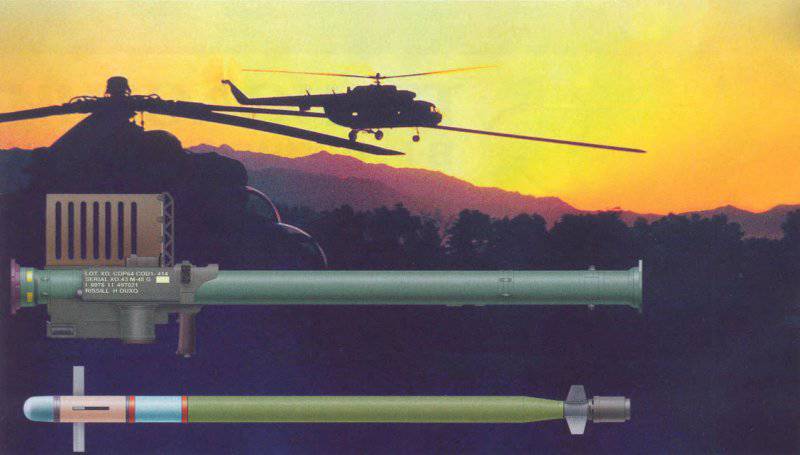


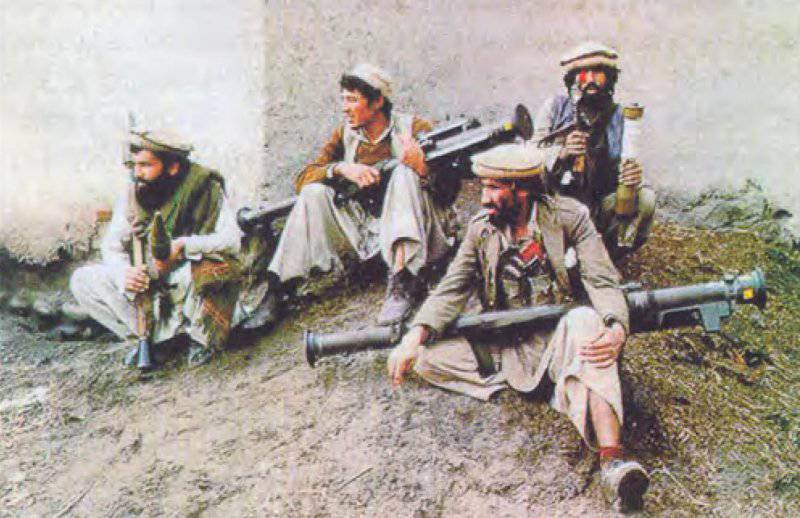
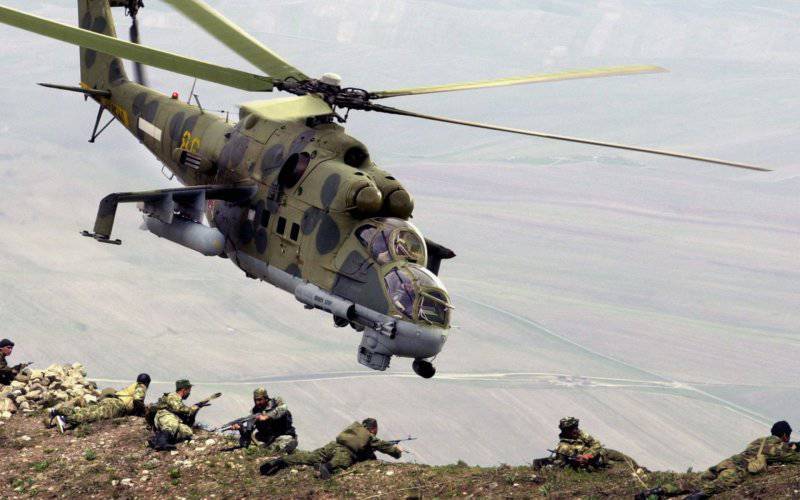
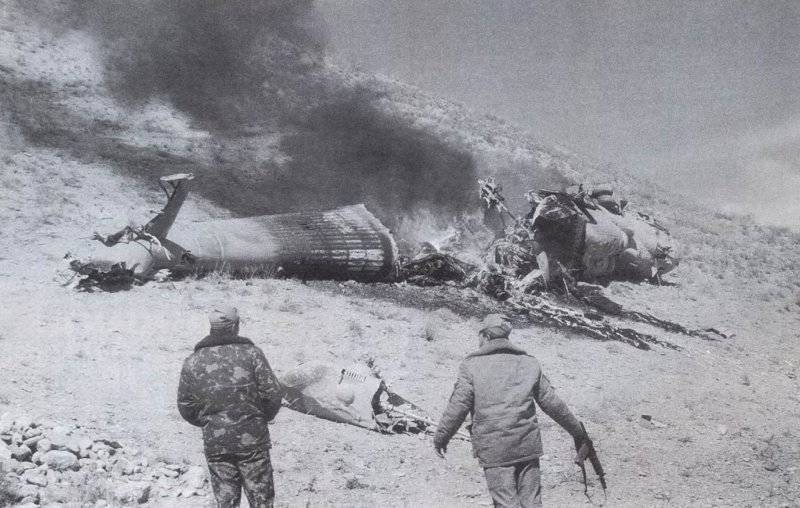
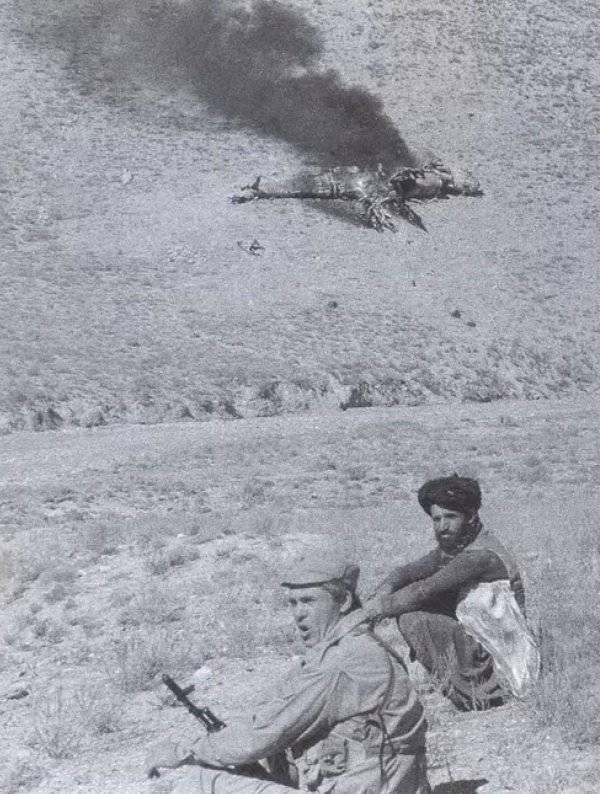
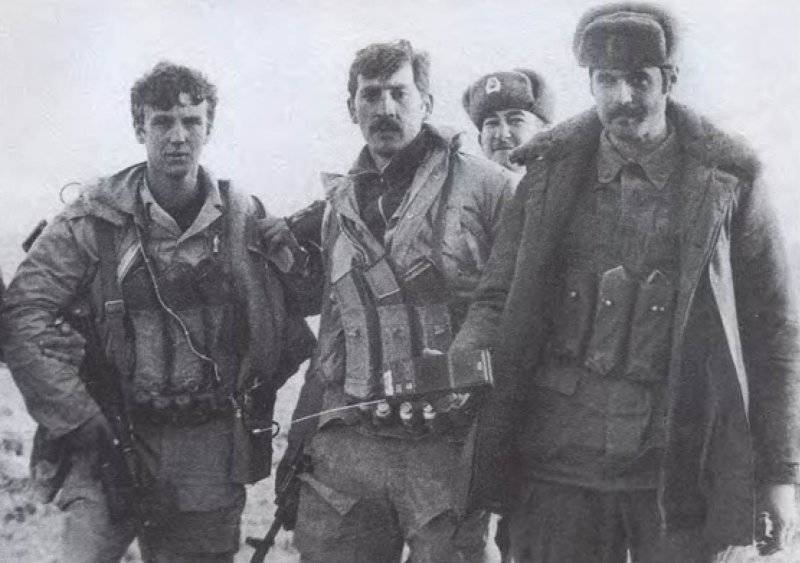
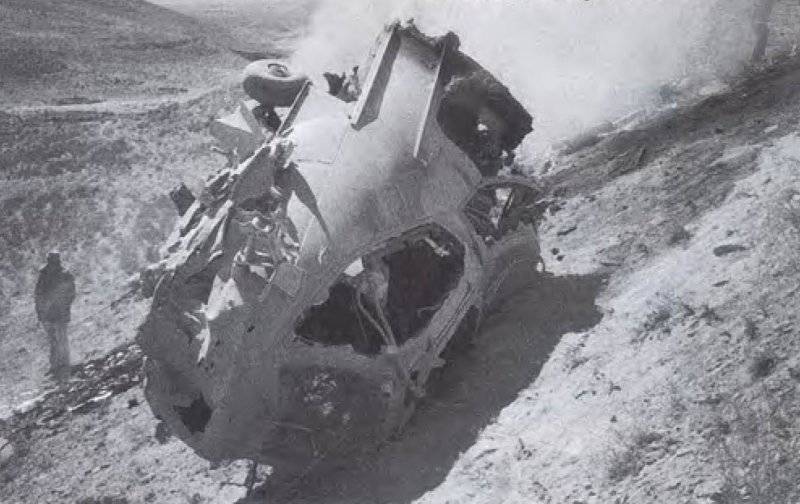
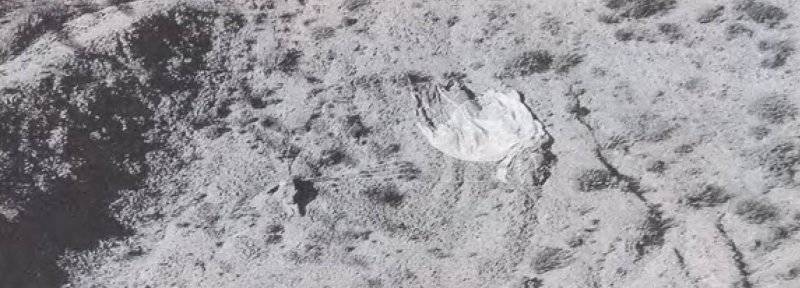
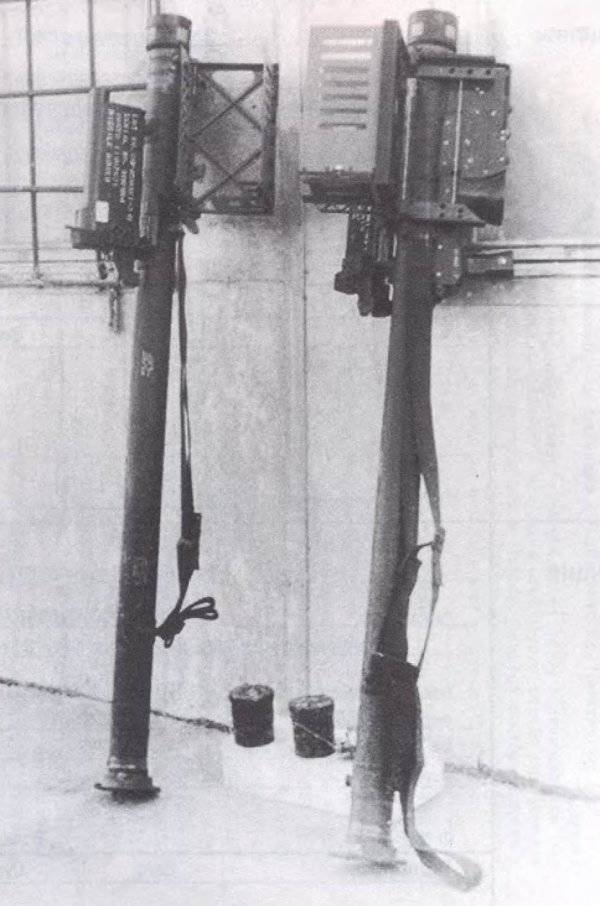
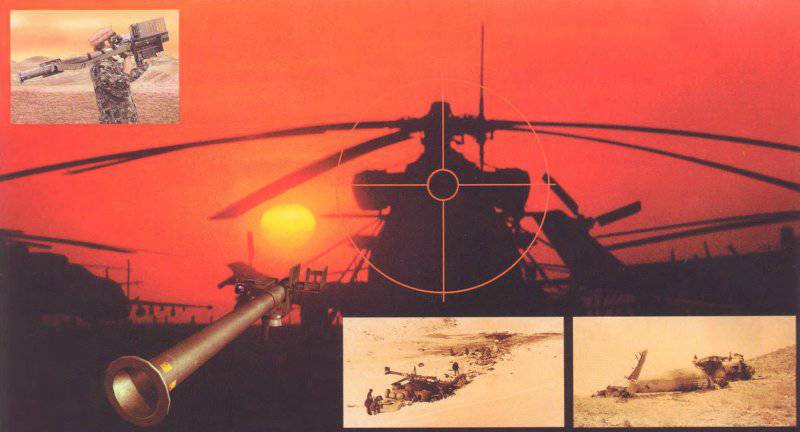
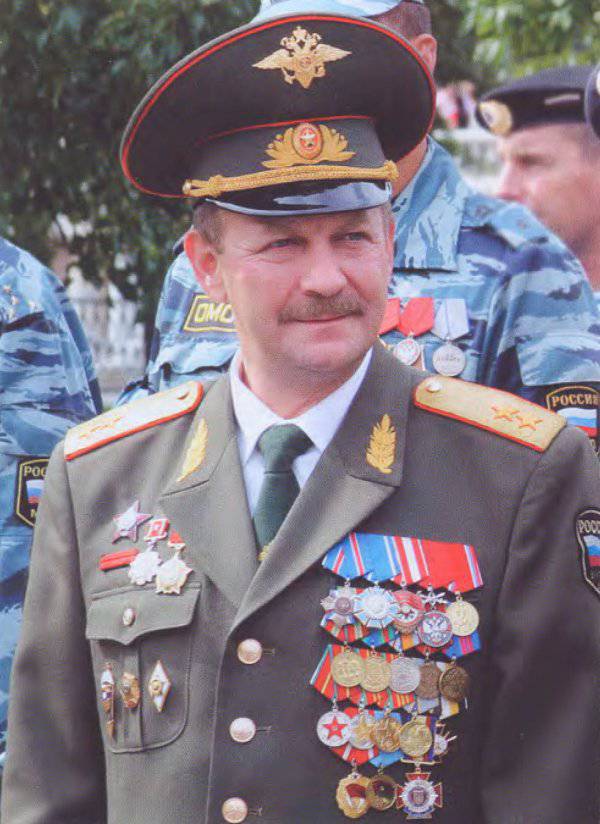
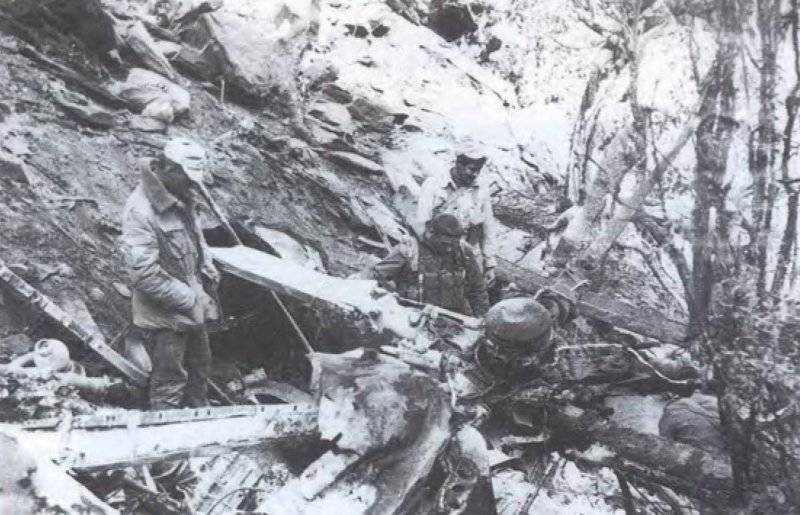
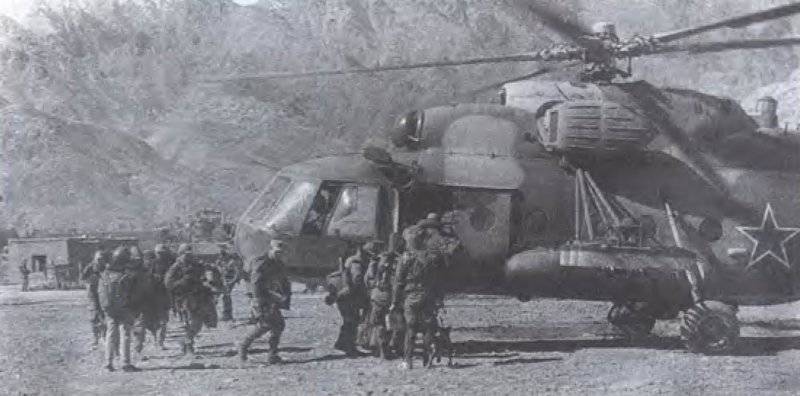
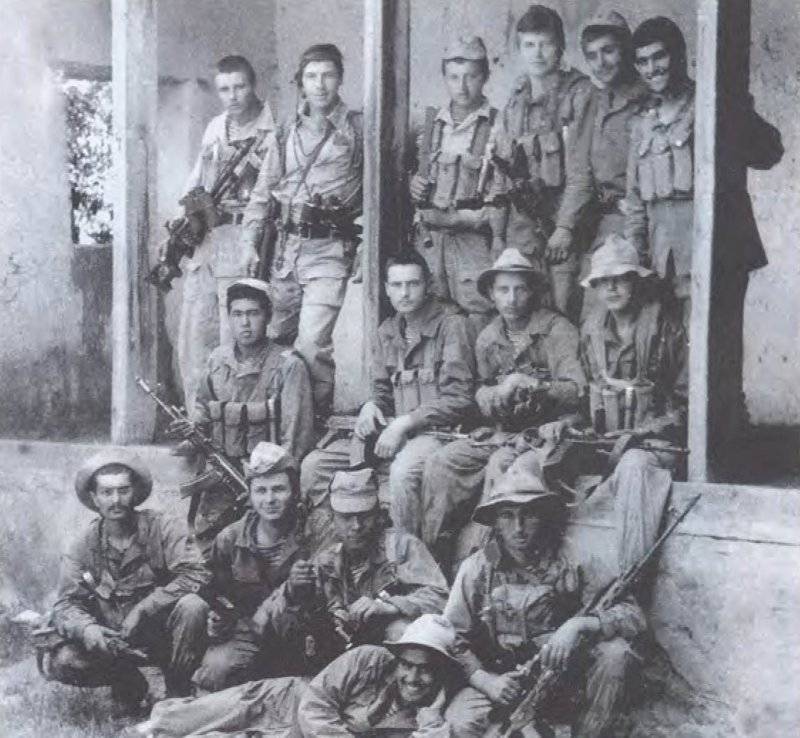

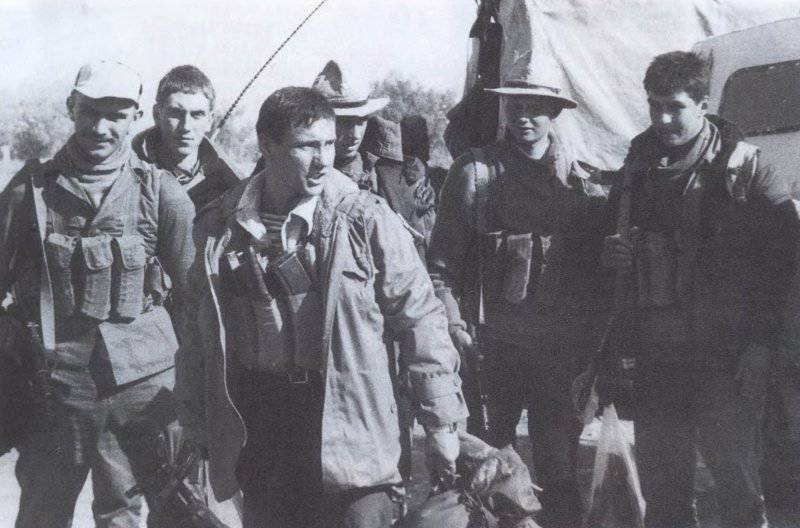
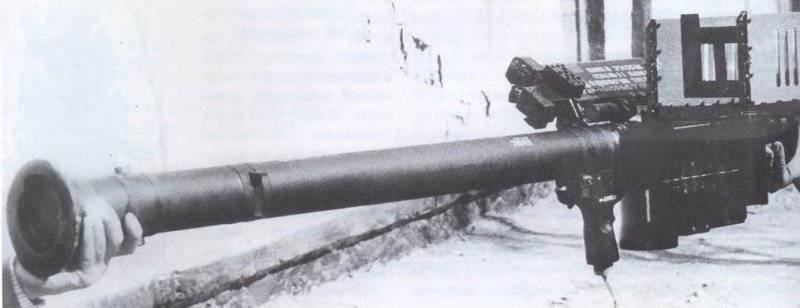
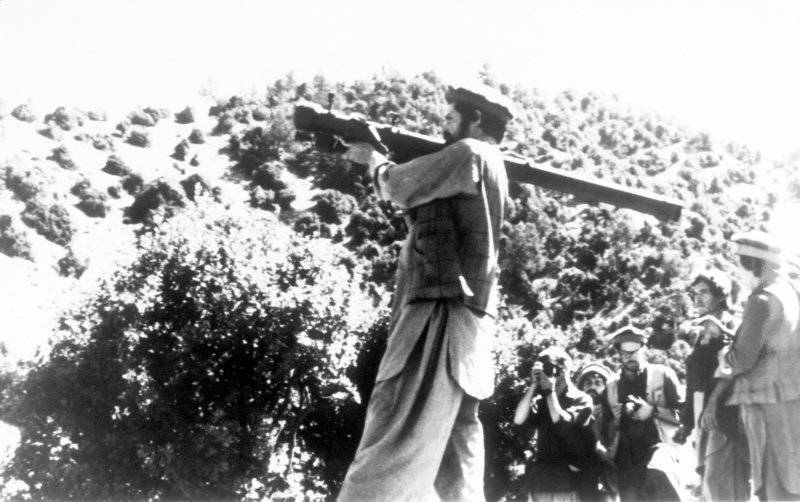
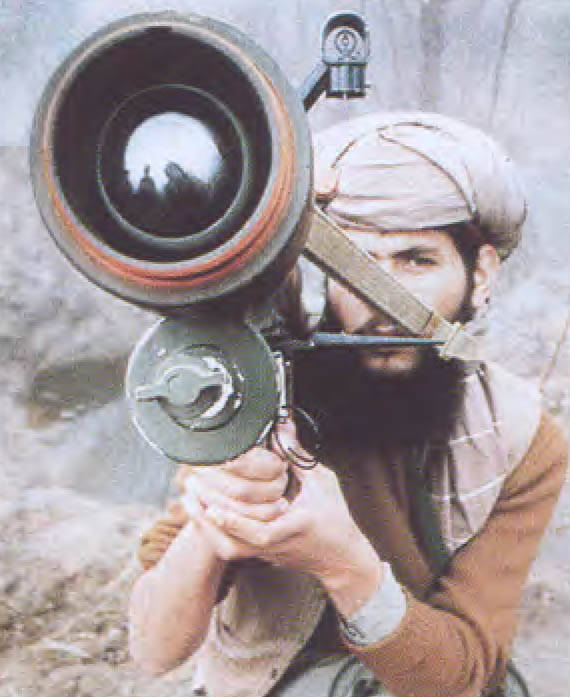
Information